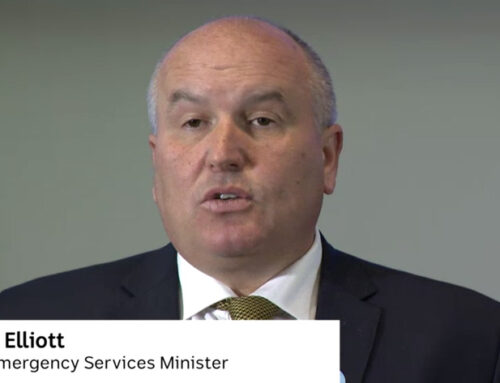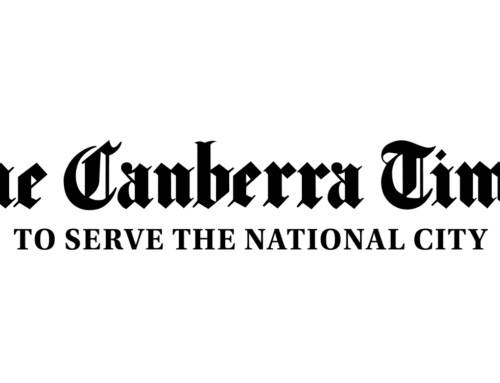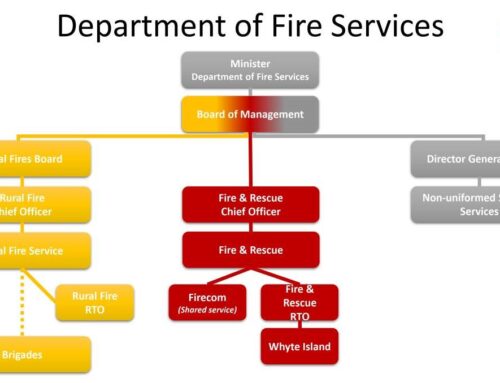Accepting Australia’s catastrophic bushfire season as the “new normal” would be a grave mistake, warn Australian climate scientists.
More than 30 people have been killed and thousands of properties destroyed since out-of-control bushfires broke out in New South Wales and Victoria in November.
At least 18 million hectares of once-green bushland are now blackened and desolate.
Billions of animals are dead.
Many others have been left injured, homeless and thirsty.
Some species have been pushed to the brink of extinction.
To contextualise the unprecedented damage, commentators have questioned if our worst bushfire season on record is a sign of a “new normal” as Earth heats from global warming.
But a group of climate scientists has warned against this prediction.
They said our bushfires were about to get much worse.
Associate Professor Euan Ritchie, a researcher in wildlife ecology and conservation at Deakin University, said the damage from the fires was “far from normal”.
“It’s unprecedented, and regrettably such a disaster was predicted and warned about by scientists for decades,” he said.
“Disturbingly, if we do not rapidly change our ways and lifestyles, and divest from fossil fuels as a matter of urgency, we are set to see more and more of such tragic events, and potentially even ones that are far worse.
“This means we are not in a ‘new normal’ as things are still changing and getting worse, caused by our individual and collective inabilities to combat the major causes of climate change.”
And it’s not just bushfires that are getting worse.
Heatwaves, droughts and heavy rain events are becoming more extreme, too.
Professor Rod Keenan, a researcher in forest and ecosystem science at the University of Melbourne, said “2030 climate forecasts made in 2009 have come true in half the time”.
“Today we are living through more and hotter heatwaves, longer droughts, uncontrollable fires, intense downpours and significant shifts in seasonal rainfall patterns,” Professor Keenan said.
“Policy-makers need to focus on reducing greenhouse emissions to avoid greater long-term impacts.”
Last month, flash floods and dust storms hit Australia’s eastern seaboard just weeks after out-of-control bushfires ravaged the region.
In Canberra, it is believed hailstones were so heavy that hundreds of bats were knocked out of their trees and died.
But there is still much that we don’t know yet about the danger ahead.
Dr Andrew King, a climate science lecturer at the University of Melbourne, said we needed better climate models to predict how weather will change in coming years.
He said human-caused climate change had worsened extreme heatwaves, but that its impact on drought and fires was “much harder to disentangle”.
“The climate models that we use to make projections have deficiencies in simulating both drought and fire such that we cannot yet provide robust guidance on how these extremes of Australian climate will change as the world continues to warm,” Dr King said.
https://thenewdaily.com.au/news/national/2020/02/25/bushfires-not-new-normal/
Samantha Dick






